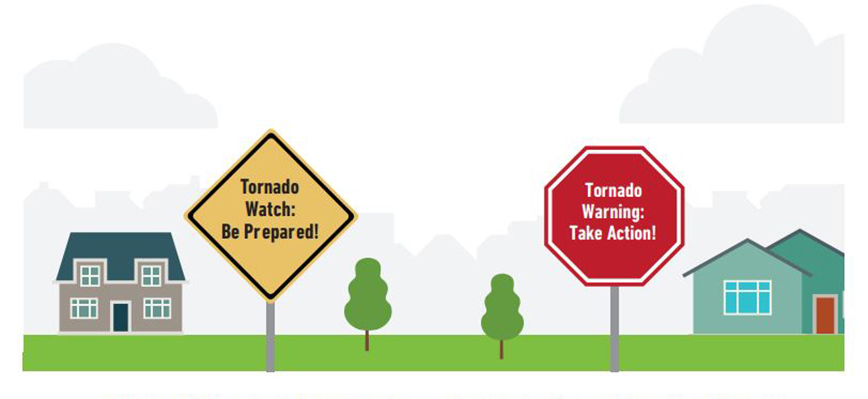- Locate your family members and pets.
- Review your family disaster plan, including where you will take shelter.
- Monitor your NOAA Weather Radio, smartphone apps, and local news for updates.
- Stay aware of changing weather conditions. Remember, even if a tornado does not form, severe thunderstorms can pose a safety risk too.
- Make sure your emergency supplies such as flashlights, water, and batteries are accessible.
- Stay away from windows and keep them closed.


Tornado Watch vs. Warning
Know the difference and what to do.

Tornado Watch vs. Warning
Know the difference and what to do.

When it comes to tornadoes, the difference between a watch and a warning could mean your life. Follows these tips from the Federal Alliance for Safe Homes (FLASH) and the National Weather Service to become #TornadoStrong.
Download Fact Sheet
